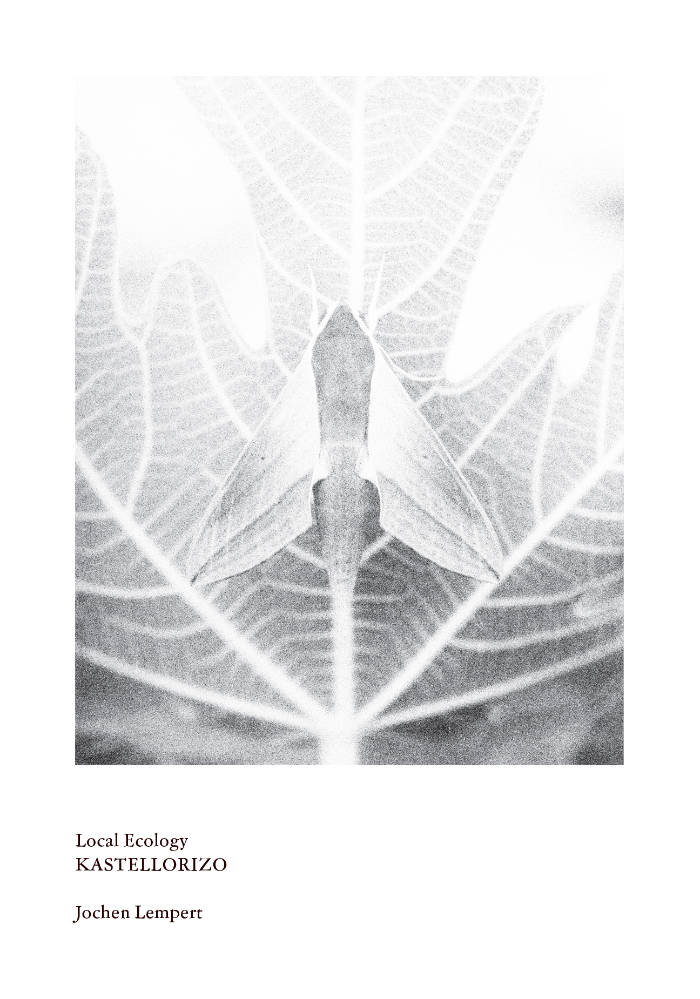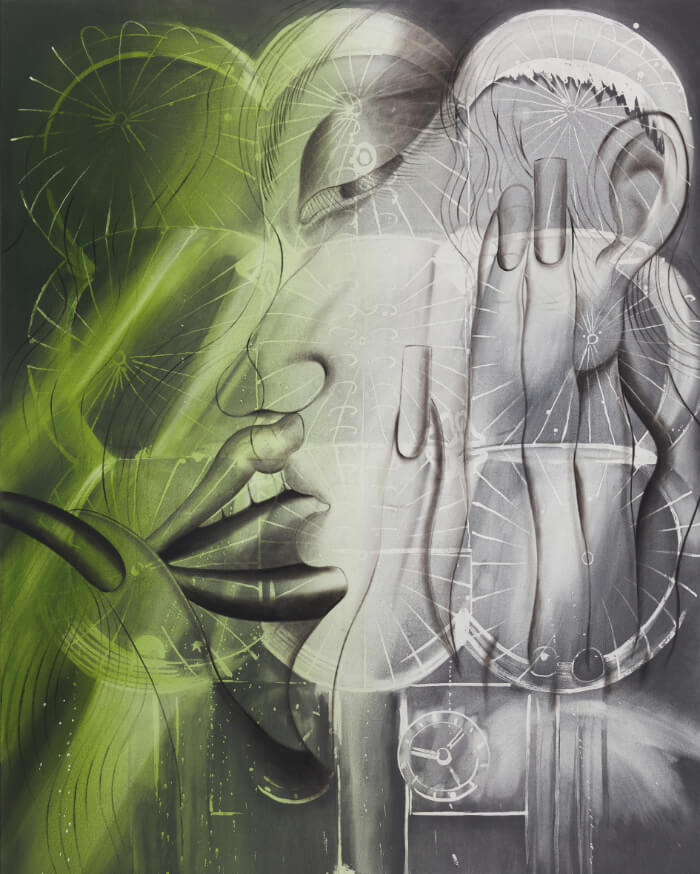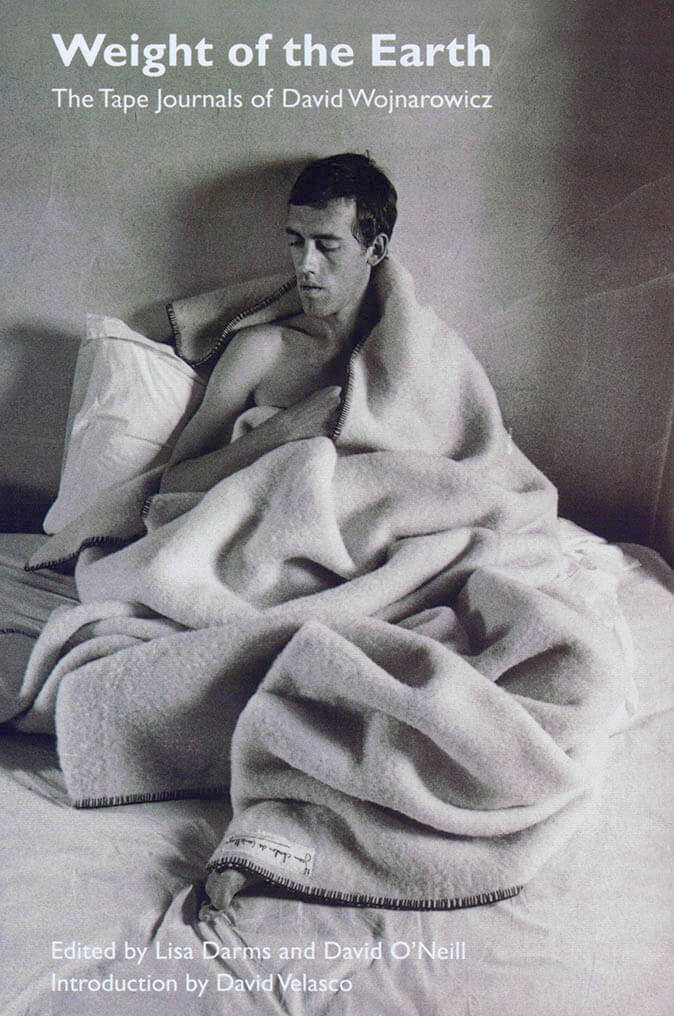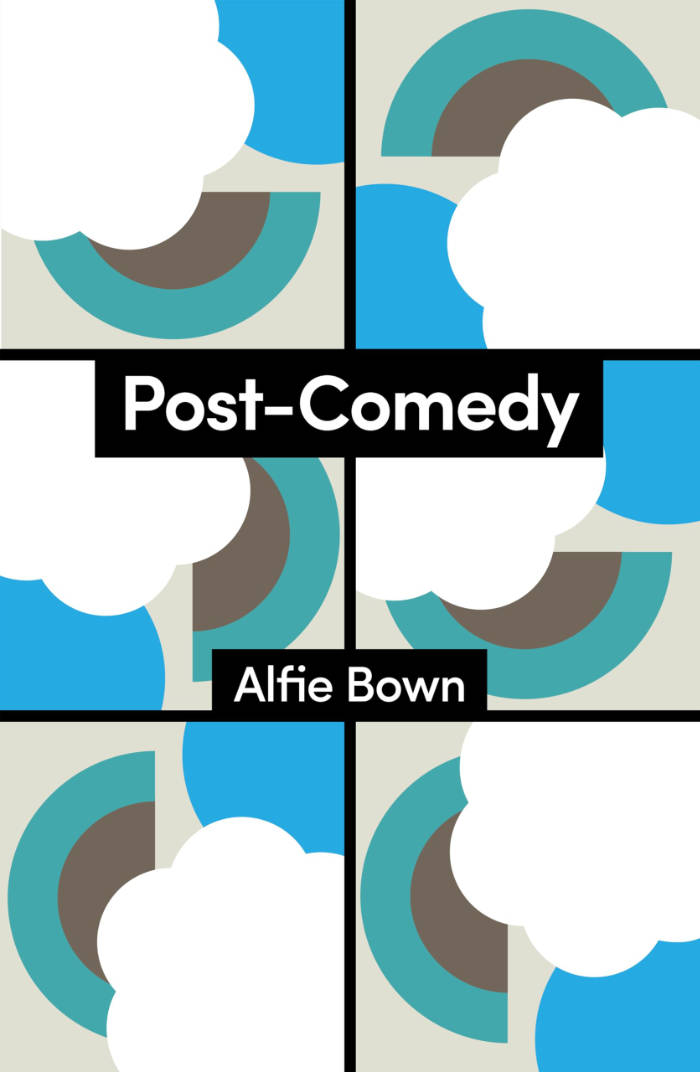
Insufficient Armour
Giorgio Di Salvo ed.
A body of essays and visual contributions by radical theorists around the prosthesis and the "augmented body" issues.
"We all need means of supplementing our natural capabilities, since nature is indifferent, inhuman (extra-human), and inclement; we are born naked and with insufficient armour." — Le Corbusier
Once confined to the narrow circle of "medicalizing" practices, the prosthesis finally colonized our imagination thanks to the promise of an "augmented body" capable of undermining traditional dichotomies such as artificial vs. natural and organic vs. non-organic. But what are their speculative, theoretical and political repercussions? In this selection of original papers, the authors of Insufficient Armour reflect on the subject from their own peculiar perspectives, each of them contributing essays, political-philosophical analysis and theory fiction experiments.
Texts and contributions by Luigi Alberto Cippini, Matt Colquhoun, Helen Hester, Simon Sellars.
Language: English







